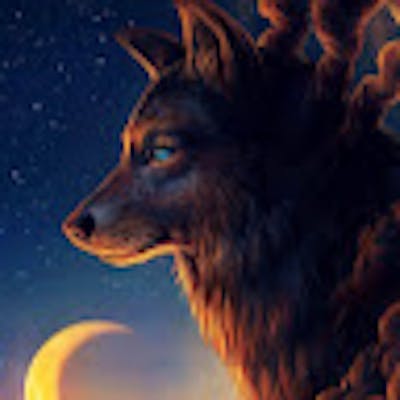How to make an ai model that can be used in space satellites
Overview of making a convolutional model to identify images from satellite
What is Satellite Imaging?
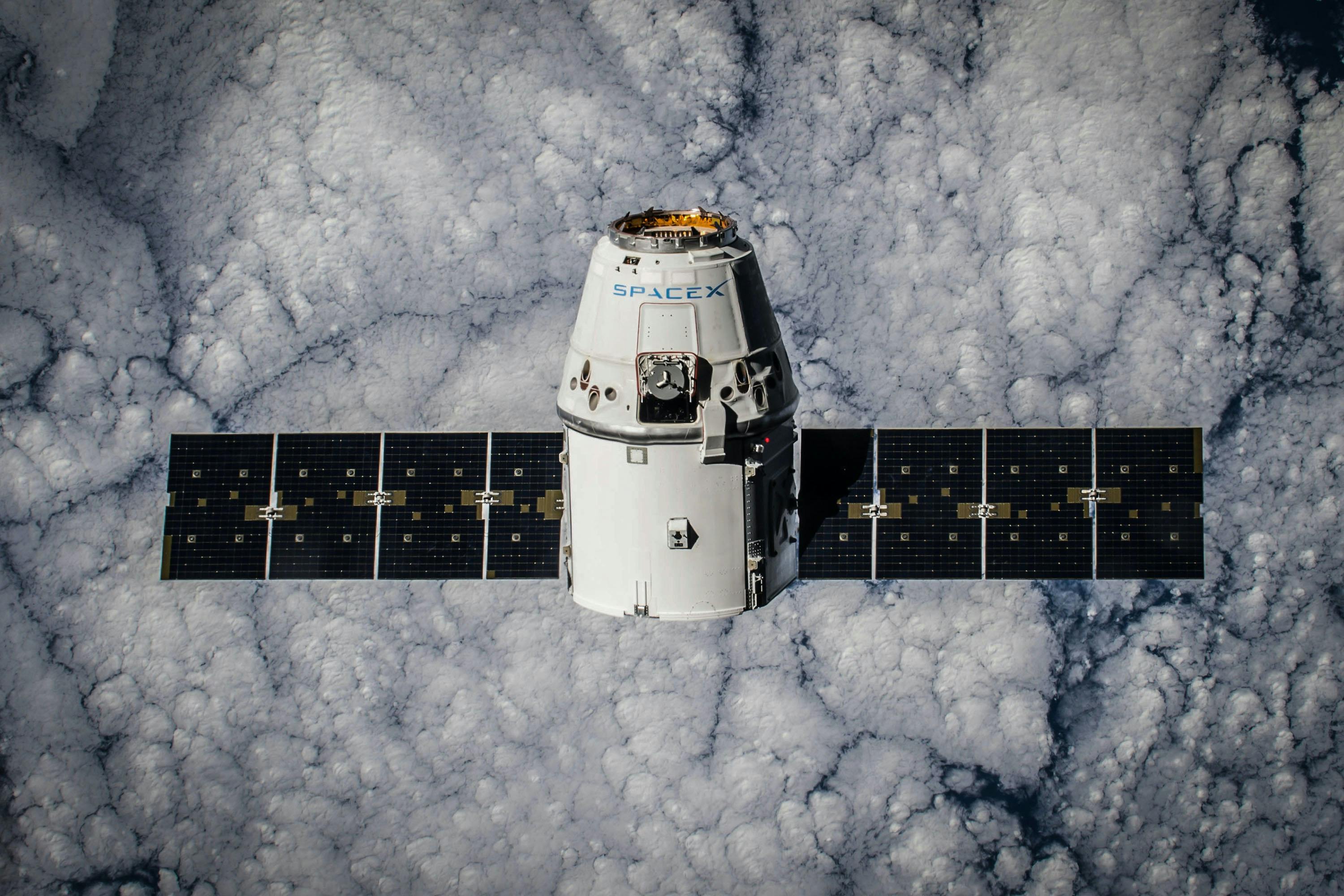
Isn't this a self-explanatory word "Imaging" ?
the process of making a visual representation of something by scanning it with a detector or electromagnetic beam
NO! (at least not for me 😅)
Because as I'm writing this, I just figured out that the meaning of Imaging is that definition and not
Take pictures with the camera
Hey! If you didn't know that definition too.. well, congrats now you do 🥳
Ok now you may ask what it actually says
Let's take the same satellite example: 🧪
You see "Satellite imaging or remote sensing is the scanning of the earth by satellite or high-flying aircraft in order to obtain information about it"
But the catch is There are many different satellites scanning the Earth, each with its own unique purpose
In general satellites use different kinds of sensors that can detect electromagnetic radiation that is reflected from the earth
They Actually use two different kinds of sensors to detect the radiation
- Passive
- Active
In One word
The passive sensor collects radiation that the sun emits and the earth reflects
The Active sensor is when the radiation is emitted by the satellite and analyzed after it is reflected back from the earth
A object which floats in space does this kind of stuff(Just thinking about this makes me feel like I'm a genius)
🐒➡👨💻
Well anyways...Let's get to the title of the blog
As the title says we need to create an ai model that can be used to categorize the images taken by the satellite
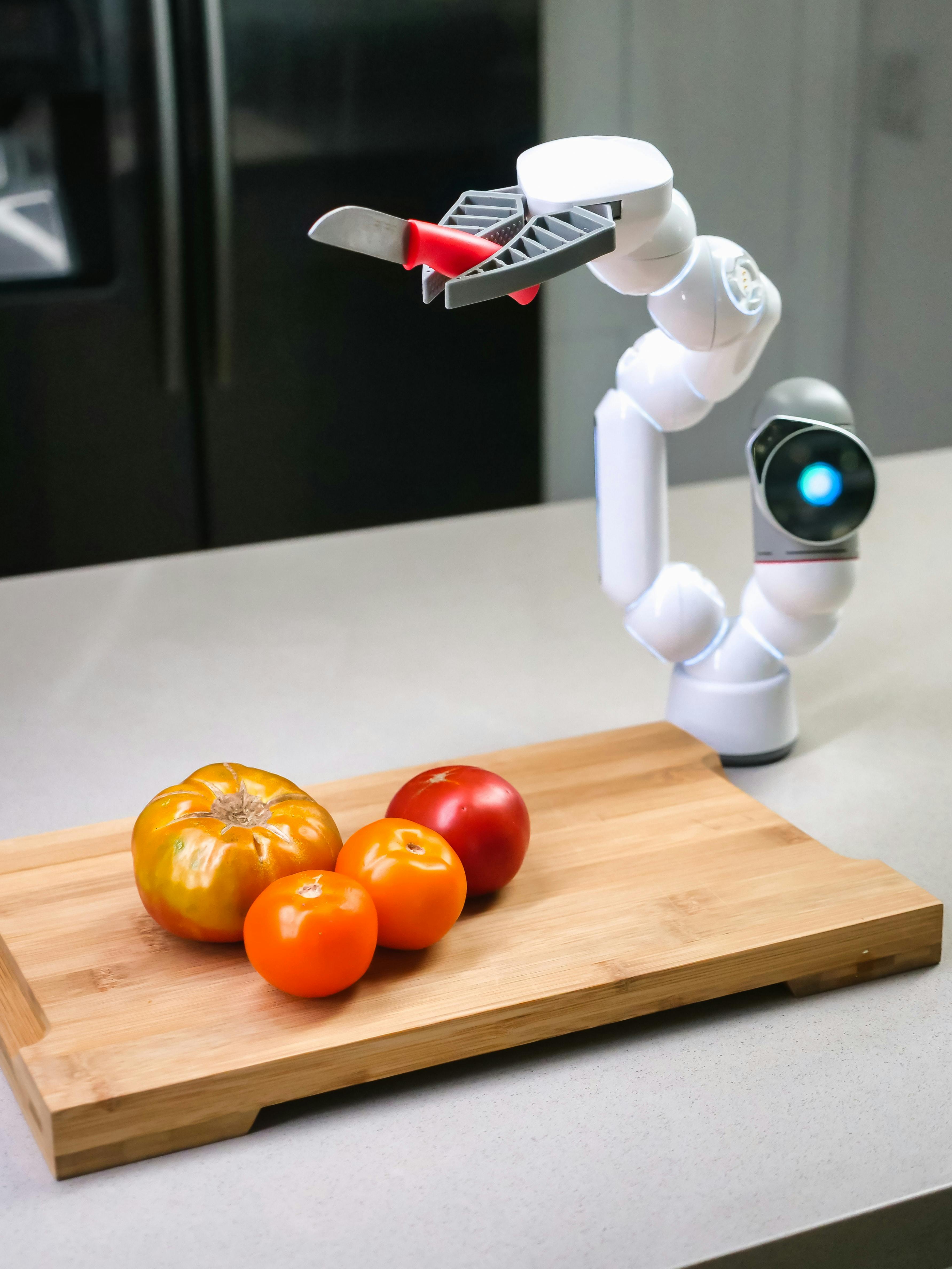
Why Do we need to do it?
Why Not
You see it's way easier when we use an AI 🤖 to categorize the images, So we can create other cool stuff in the meantime (like to write a blog about it 😁)
And it's my fun project about convolutional neural network
What is a convolutional neural network anyway?
A convolutional neural network (CNN) is a type of artificial neural network used in image recognition and processing that is specifically designed to process pixel data
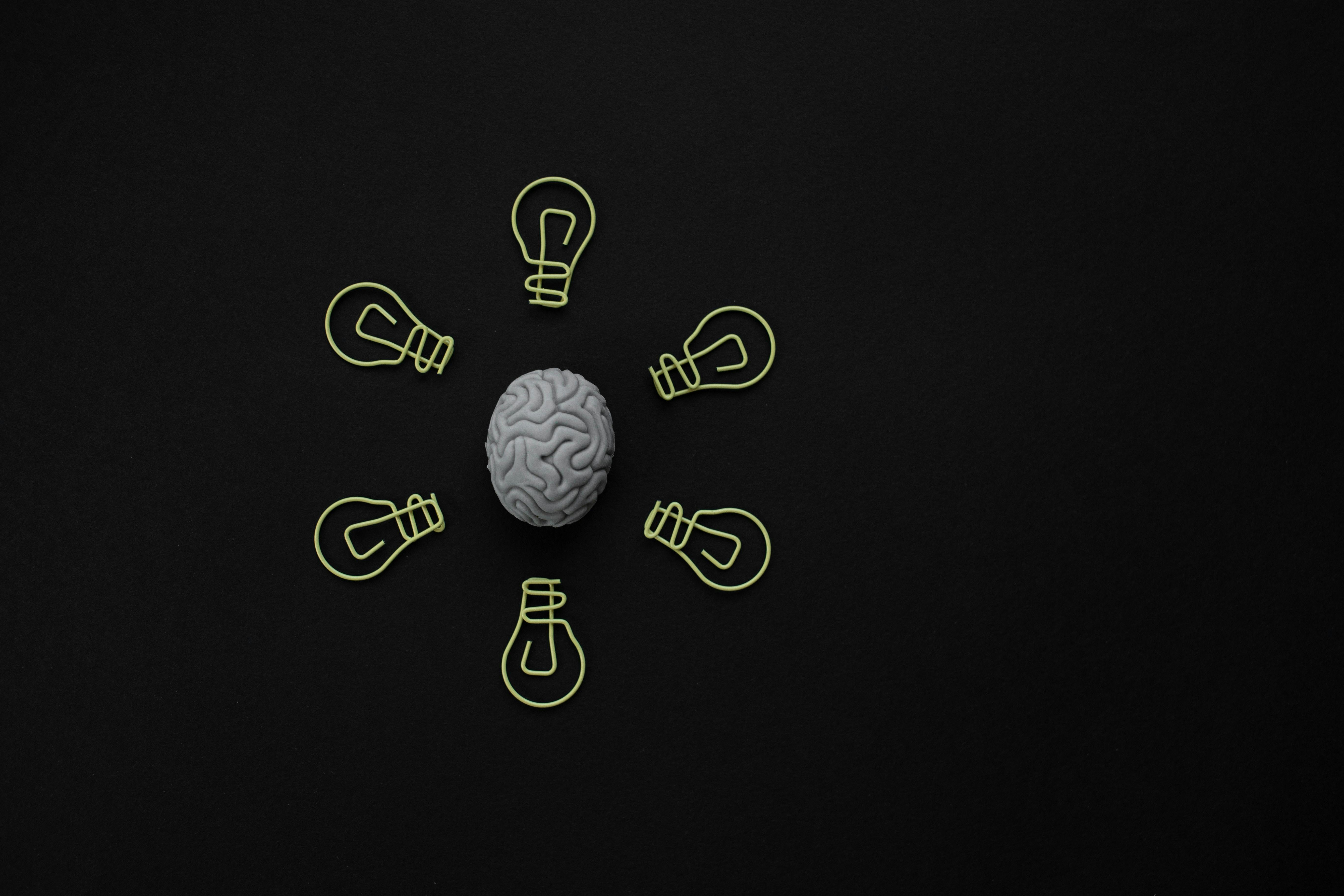
It's going to be the brain of our AI model
Let's Get into the problem
First, we need data to work on
And here is where our friendly neighborhood Kaggle website comes in
What is Kaggle?
Kaggle is a website where you can find competitions to solve data science problems. It's free to join and it gives you the opportunity to practice your skills on real-world datasets in various industries.
The main thing is it also gives data for free 😎
Our Dataset is : RS(remote-sensing) satellite-images
let's Visualize our dataset 👀
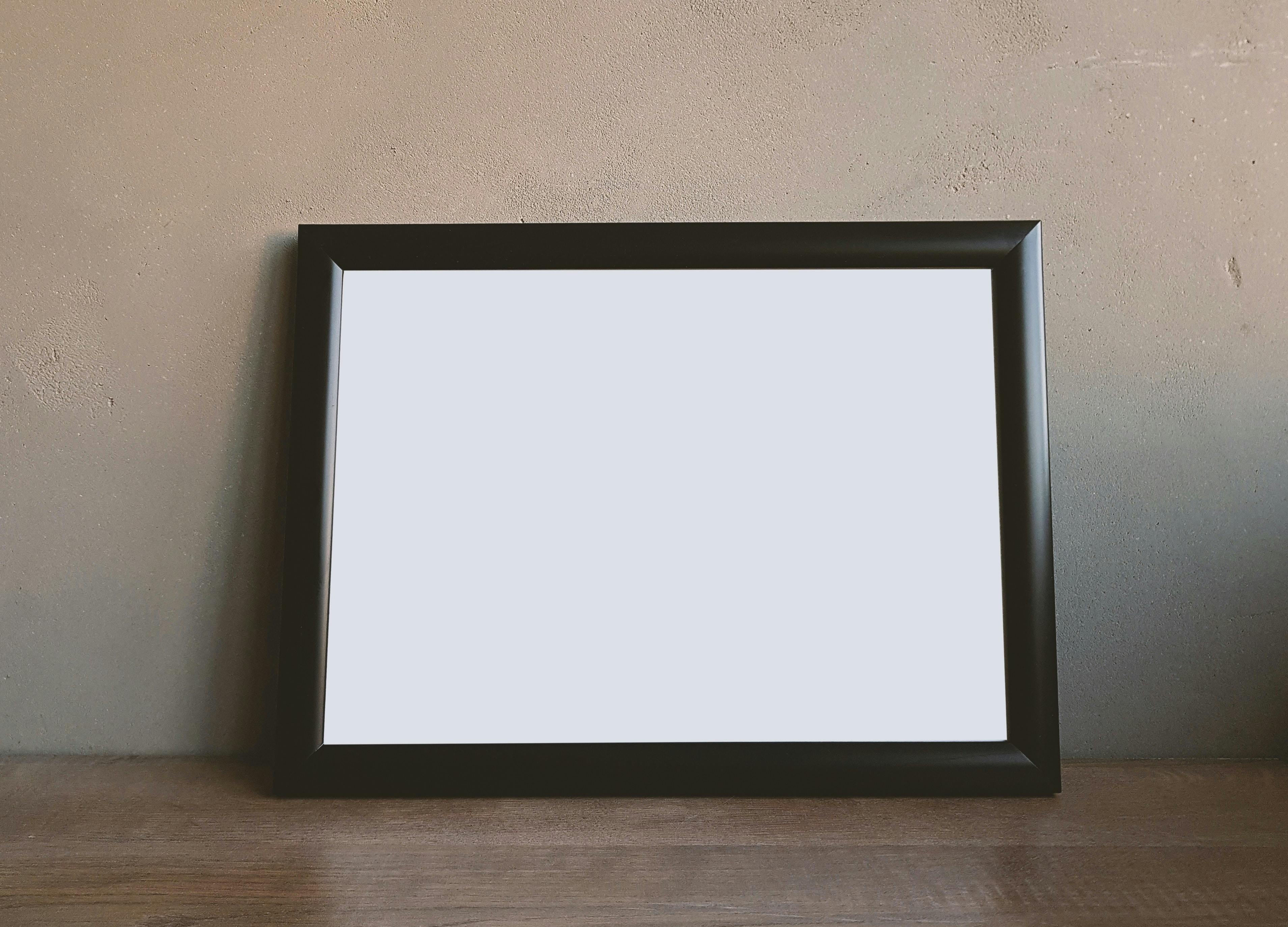
We are going to predict four categories/class ['cloudy', 'desert', 'green_area', 'water']
Code :
import random
import numpy as np
import matplotlib.pyplot as plt
import matplotlib.image as mpim
def visualize_image(dir,class_name):
chossen_image = dir+"/"+class_name
random_image = random.sample(os.listdir(chossen_image),1)
img_data = mpim.imread(chossen_image + "/" + random_image[0] )
plt.figure(figsize=(10,7))
plt.imshow(img_data)
plt.title(class_name)
plt.axis(False)
dir = "/content/drive/MyDrive/Satellite Image/data"
visualize_image(dir,class_names[0])
Output :
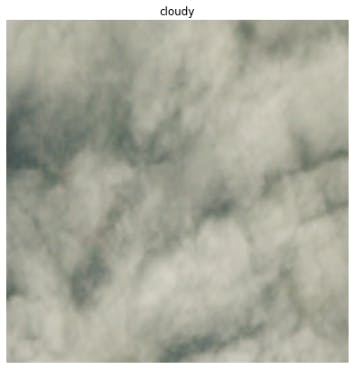
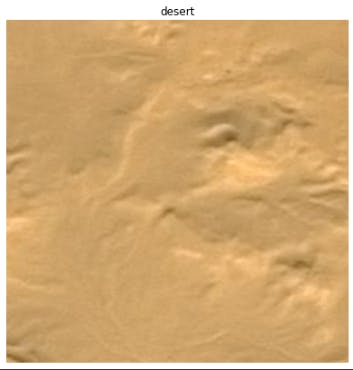

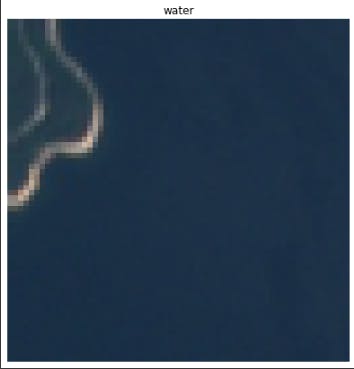
There are more than 1000 images like this, In the above four classes to train our AI model
Now let's make a train and test dataset

Get it he is splitting his leg and we are splitting our dataset
Well anyways...
Code :
train_data = tf.data.Dataset.from_tensor_slices((x_train,y_train))
train_data = train_data.map(image_label).batch(32)
train_data
valid_data=tf.data.Dataset.from_tensor_slices((tf.constant(x_test),tf.constant(y_test))).map(image_label).batch(32)
valid_data
So now we got our data into two sets Training and Validation
But if you are already familiar with My blogs then you may ask what about the test set? 🤔
if you don't know what I'm talking about when I mentioned my blog just go here @justdoitanything who is a VERY Talented person recording his project in the type of blog about AI😚
Well anyways...
if you know what I'm talking about then yeah... this project contains a test set but I will use that dataset only to predict when everything is on their final run
Creating An Pixie AI Model 🤖
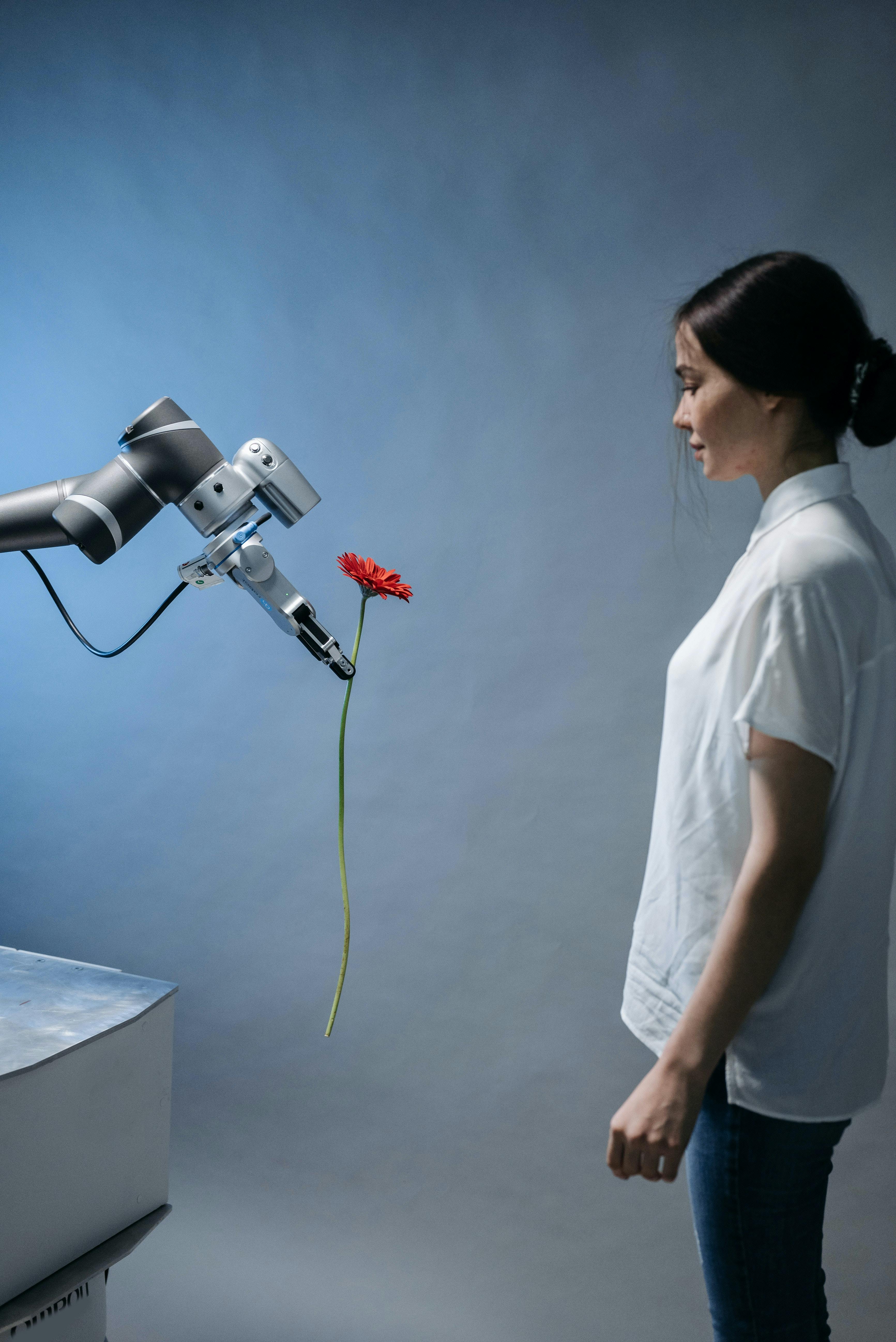
Code :
Pixie = tf.keras.Sequential([tf.keras.layers.Conv2D(10,3,activation="relu",input_shape=(224,224,3)),
tf.keras.layers.Conv2D(10,3,activation="relu"),
tf.keras.layers.MaxPool2D(),
tf.keras.layers.Conv2D(10,3,activation="relu"),
tf.keras.layers.Conv2D(10,3,activation="relu"),
tf.keras.layers.MaxPool2D(),
tf.keras.layers.Flatten(),
tf.keras.layers.Dense(len(class_names),activation="softmax")])
Pixie.summary()
Output :
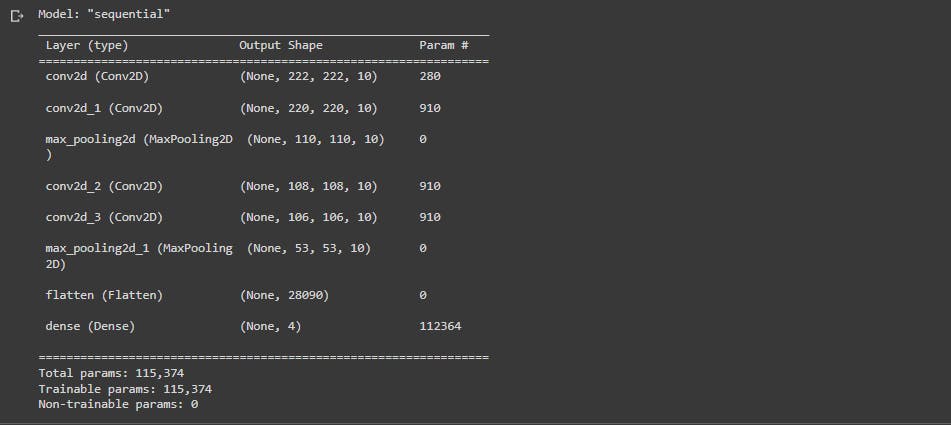
Let's fit this model in the dataset we created
Code :
Pixie.compile(loss="categorical_crossentropy",
optimizer="adam",
metrics="accuracy")
history_1 = Pixie.fit(train_data,epochs=10,steps_per_epoch=len(train_data),
validation_data=valid_data,validation_steps=len(valid_data))
Output :

And wow would you look at that 🥳 our Pixie AI got 94% accuracy
In humans terms, if you showed our Pixie 10 images it going to get 9 images right most of the time
which of course a really great thing 🔥
let's see some examples of our Pixie model predicting the validation images
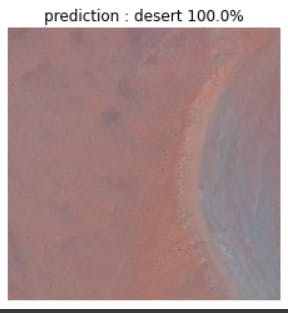
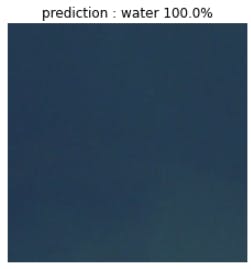
You see it's predicting these two classes well, but when it comes to the other two classes


As you can see its not that good in both of the images
But in our model point of view, most of the images look like this
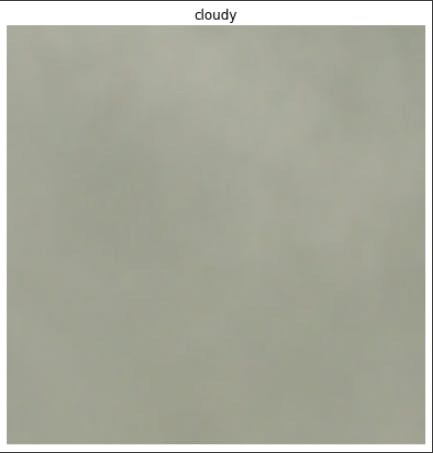
That kind of looks like a desert to me if you take the colors from it 😐
Let's look at the confusion matrix

As we can see again it getting confused with green_area(Forest) and water(ocean)
But Let's use a transfer learning model to predict this image
Transfer Learning
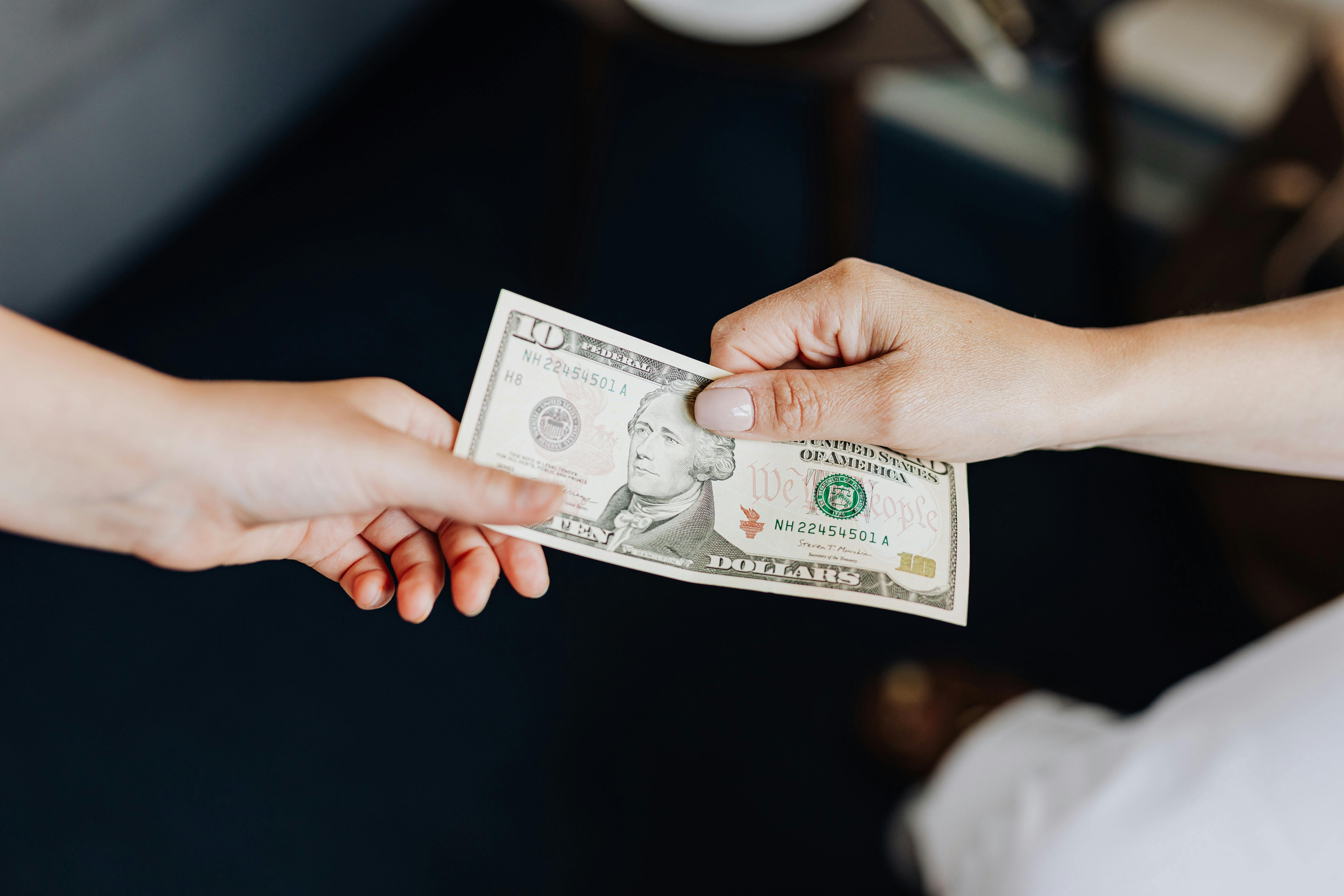
just like the word describes
Transfer learning is a research problem in machine learning that focuses on storing knowledge gained while solving one problem and applying it to a different but related problem
For Example:
knowledge gained while learning to recognize cars(x project) could apply when trying to recognize trucks(y project), To distinguish between trucks and cars without even giving any large amount of car images to our model
Becoz it learned with a lot of images of cars in that x project.
Code :
from tensorflow.keras.applications.mobilenet_v2 import MobileNetV2
base_Pixie = MobileNetV2(input_shape = [224, 224, 3], weights = 'imagenet', include_top = False)
pool = tf.keras.layers.GlobalAveragePooling2D()
mid_layer = tf.keras.layers.Dense(100,activation = 'relu')
final_1 = tf.keras.layers.Dense(4,activation = 'softmax')
Pixie_1 = tf.keras.Sequential([base_Pixie, mid_layer,pool, final_1])
Pixie_1.summary()
Output :

Let's fit our model
Code :
Pixie_1.compile(loss = 'categorical_crossentropy',optimizer = 'adam',metrics = 'accuracy')
History = Pixie_1.fit(train_data,epochs = 15,steps_per_epoch=len(train_data),validation_data=valid_data,validation_steps=len(valid_data))
Output :
let's predict our Pixie AI model with test data
A test data that our model is never seen before
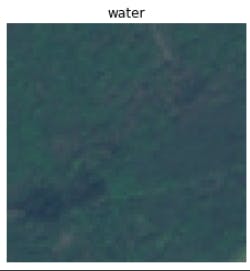
As we can see it's still getting confused with the image
And I think it's basically because the images of trees and water are not clear enough for our model
let's Look at the confusion matrix
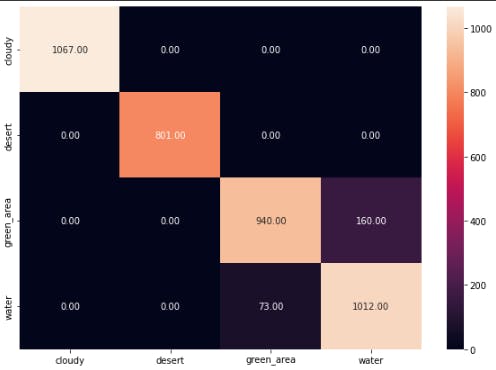
As we can see it's not getting right even with a help of the powerful learning technique Transfer Learning
Conclusion
Let's leave our model here for now
Maybe in the future, if we get a large amount of data on trees and water we may predict every class right
Said that ψ(`∇´)ψ
Just look at that
Our model is doing great on the other two classes of our data 🔥💥
This is really a great performing model in that sense 👑
NOTE:🎯
This blog is just an overview of my process to make an AI predict the images
If you wanted in-depth of my code just go here @github
I will also make a Convolutional model blog in the future where I can go In-depth about that Learning process that goes behind the scene
Well thank you very much for your time ╰(°▽°)╯
Bye ~(=^‥^)ノ
- My Linkedin profile @sriram
